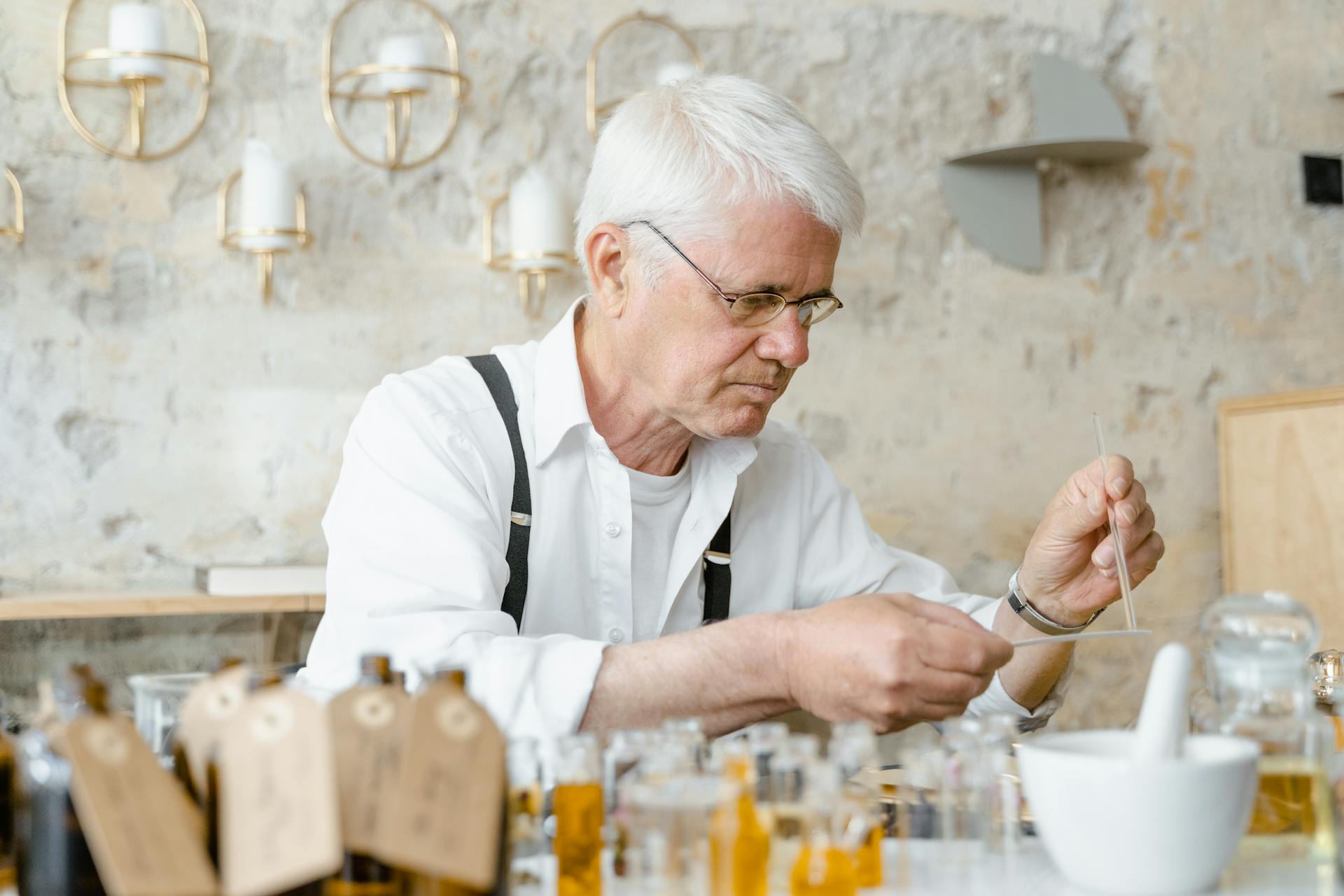As luxury perfumes continue to command premium prices, many consumers are turning to affordable alternatives that promise to deliver similar olfactory experiences without the hefty price tags.
These fragrances represent more than just budget-friendly alternatives—they've become a significant market force that has reshaped how people approach perfume collecting and daily fragrance wearing.
Whether you're curious about trying your first clone fragrance or looking to understand the broader implications of this industry trend, this article will provide you with the knowledge needed to make informed decisions.
What Are Replica Fragrances?
A clone perfume is defined as a perfume that replicates, copies or imitates the scent of a well-known, popular and expensive luxury fragrance.
The terms replica perfume, copycat fragrance, perfume dupes, clone perfume, knock-off fragrance, similar scents, and fragrance matches are all essentially synonymous and refer to the same concept.
Types of Replica Fragrances
Understanding the different categories within the replica fragrance market is crucial for making informed purchasing decisions:
- Legitimate Replica Fragrances: These are legal alternatives created by established fragrance houses that openly acknowledge their inspiration sources.
- Inspired Fragrances: These perfumes take inspiration from popular scents but often add their own creative twists or use different note combinations to create something new while maintaining a similar overall impression.
- Clone Fragrances: The most direct attempts to recreate original formulations, these fragrances aim for the closest possible match to the original scent profile, often using similar or identical aromatic compounds.
- Counterfeit Fragrances: These illegal products attempt to pass themselves off as genuine designer fragrances, complete with copied packaging and branding.
The Legal Landscape of Replica Fragrances
The legality of replica fragrances exists in a complex gray area that varies by jurisdiction and implementation. Understanding these legal nuances is essential for both consumers and sellers in this market.
Why Fragrance Formulas Can't Be Copyrighted
Unlike other creative works, fragrance formulas cannot be copyrighted or patented in most jurisdictions. Here's the legal framework that makes replica fragrances possible:
- No Scent Patents: You can patent a process, like a new way to extract scent from organic materials, or a way to create a new chemical, but you can't patent new perfumes. Can't copyright them either; scent isn't something you can "publish".
- Trademark vs. Scent Protection: While brand names, logos, and packaging can be protected through trademarks, the actual scent composition typically cannot receive the same level of protection.
Legal Boundaries and Restrictions
Despite the general legality of recreating scents, replica fragrance companies must navigate several legal restrictions:
- Trademark Infringement: It's lawful to replicate the scent of a non-patented, famous perfume and to sell that scent in any form you like.
- Labeling Requirements: Legal replica fragrances typically use phrases like "inspired by," "compare to," or "our version of" followed by disclaimers stating they are not affiliated with the original brand.
- Consumer Protection Laws: Companies must ensure their marketing and labeling practices don't mislead consumers about the nature, origin, or quality of their fragrances.
Quality Differences: Replica vs. Original Fragrances
The most significant consideration for consumers lies in understanding the quality differences between replica and original fragrances.
Ingredient Quality and Sourcing
- Original Fragrances: Designer and luxury perfumes typically use higher-grade raw materials, including expensive natural ingredients like real rose otto, sandalwood, or ambergris.
- Replica Fragrances: To maintain competitive pricing, clone fragrances often use synthetic alternatives or lower-grade versions of expensive ingredients. While modern synthetic ingredients can be remarkably similar to natural ones, some subtle differences may be noticeable to trained noses.
Performance Characteristics
The wearing experience of replica fragrances can vary significantly from their original counterparts:
- Longevity: Clone perfumes generally last longer on some wearers due to higher concentrations of aromatic compounds used to compensate for lower-grade materials.
- Projection and Sillage: Replica fragrances often prioritize strong projection to create an impression of quality and performance.
- Scent Development: Original fragrances typically feature more complex scent evolution throughout the day, with carefully orchestrated note transitions.
Manufacturing Standards
- Quality Control: Established fragrance houses maintain strict quality control standards and regulatory compliance.
- Safety Considerations: The reputable perfume industry uses a continuously changing and complex framework that regulates the use of fragrance ingredients.
Popular Replica Fragrance Categories
Understanding which types of fragrances are most commonly replicated can help consumers navigate the market more effectively:
Most Cloned Designer Fragrances
- Creed Aventus: Perhaps the most replicated fragrance in history, with dozens of clone houses offering their interpretations. The popularity stems from both the original's cult status and its high price point.
- Dior Sauvage: This modern classic has spawned numerous interpretations due to its mainstream appeal and distinctive scent profile.
- Tom Ford Black Orchid: The luxurious, complex nature of this fragrance makes it an attractive target for replication.
- Chanel Bleu de Chanel: As one of the most popular designer fragrances, it's frequently cloned by various houses.
Emerging Clone Categories
- Niche Fragrance Clones: As niche perfumery has gained popularity, clone houses have begun targeting expensive niche fragrances from brands like Maison Francis Kurkdjian, Le Labo, and Byredo.
- Discontinued Fragrances: Some clone houses specialize in recreating beloved discontinued fragrances, serving consumers who can no longer purchase their favorites.
- Celebrity and Influencer Fragrances: The rise of social media has created demand for clones of fragrances endorsed by celebrities or popular influencers.
How to Identify Quality Replica Fragrances
Not all replica fragrances are created equal. Here are key indicators of quality in the clone fragrance market:
Reputable Clone Houses
- Transparency: Quality replica fragrance companies are open about their inspiration sources and don't attempt to deceive customers about the nature of their products.
- Customer Reviews: Established clone houses typically have extensive customer feedback and community engagement, particularly on fragrance forums and social media platforms.
- Product Information: Legitimate companies provide detailed fragrance notes, concentration information, and proper ingredient disclosures.
Red Flags to Avoid
- Exact Brand Name Copying: Any product claiming to be the actual designer fragrance at a significantly reduced price is likely counterfeit.
- Unrealistic Claims: Be wary of companies claiming their replicas are "100% identical" to originals or that they use the exact same formulations.
- Poor Packaging Quality: While replica fragrances don't need luxury packaging, extremely cheap or obviously copied packaging may indicate a low-quality product.
- Lack of Contact Information: Reputable companies provide clear contact information and customer service channels.
The Ethics of Replica Fragrances
The replica fragrance industry raises several ethical considerations that consumers should understand:
Arguments Against Replica Fragrances
- Impact on Original Creators: Original perfume creators invest considerable time, expertise, and resources into developing unique scents. When clones thrive without contributing to this ecosystem, they may undermine the incentive for further innovation.
- Intellectual Property Concerns: While legally permissible, some argue that replica fragrances benefit from the creative work and marketing investments of original brands without proper compensation.
- Industry Impact: The success of clone fragrances may affect the financial viability of original fragrance development, potentially leading to reduced innovation in the industry.
Arguments in Favor of Replica Fragrances
- Accessibility: Replica fragrances democratize access to luxury scents, allowing consumers with limited budgets to experience high-quality fragrances.
- Market Competition: The presence of alternatives may encourage original brands to reconsider their pricing strategies and focus on genuine value creation.
- Consumer Choice: A diverse marketplace benefits consumers by providing options across different price points and quality levels.
How Replica Fragrances Are Made
Understanding the creation process behind replica fragrances provides insight into their quality and limitations:
Reverse Engineering Process
- Scent Analysis: Modern technology allows perfumers to analyze the chemical composition of existing fragrances using gas chromatography and mass spectrometry. This can identify most, if not all, of the aromatic compounds used in the original.
- Formula Recreation: Using the analysis results, perfumers attempt to recreate the scent using available aromatic materials. This process often involves substituting expensive ingredients with more affordable alternatives.
- Testing and Refinement: Multiple iterations and testing phases help clone creators achieve the closest possible match to the original scent profile.
Limitations of the Process
- Complex Interactions: Fragrance creation involves complex interactions between different aromatic compounds that may not be fully captured through chemical analysis alone.
- Proprietary Ingredients: Some fragrance houses use proprietary aromatic compounds that aren't commercially available to clone creators.
- Aging and Maceration: The maturation process used by luxury brands may be abbreviated or omitted entirely in clone production to reduce costs and time to market.
Shopping Tips for Replica Fragrances
Successfully navigating the replica fragrance market requires knowledge and careful consideration:
Research Before Purchasing
- Read Reviews: Fragrance communities on Reddit, Fragrantica, and specialized forums provide valuable insights into specific clone fragrances and their accuracy compared to originals.
- Watch Video Reviews: YouTube fragrance reviewers often provide detailed comparisons between clones and originals, helping you understand what to expect.
- Check Ingredient Lists: Quality replica companies provide detailed note breakdowns and concentration information.
Where to Buy
- Direct from Manufacturers: Purchasing directly from established clone houses ensures authenticity and often provides better customer service.
- Authorized Retailers: Some legitimate retailers specialize in clone fragrances and offer curated selections from reputable brands.
- Sample First: Many clone companies offer sample programs or discovery sets, allowing you to test fragrances before committing to full bottles.
What to Expect
- Adjustment Period: Clone fragrances may smell different initially but often perform similarly to originals after the opening settles.
- Performance Variations: Longevity and projection may differ from originals, sometimes performing better and sometimes worse.
- Individual Chemistry: Your skin chemistry will affect how both original and clone fragrances develop, so personal testing is essential.
Health and Safety Considerations
When exploring replica fragrances, safety should always be a priority:
Regulatory Compliance
- IFRA Standards: Reputable clone companies follow International Fragrance Association guidelines for safe fragrance ingredients.
- Ingredient Disclosure: Quality companies provide proper allergen warnings and ingredient information as required by law.
- Batch Testing: Established manufacturers conduct proper stability and safety testing on their products.
Potential Risks
- Unregulated Manufacturers: Some clone producers may not follow proper safety protocols, potentially using harmful or irritating ingredients.
- Skin Sensitivity: Lower-quality ingredients or improper formulations may cause skin reactions in sensitive individuals.
- Counterfeit Products: Completely counterfeit fragrances may contain dangerous chemicals and should be avoided entirely.
Conclusion
Replica fragrances represent a significant and legitimate segment of the modern fragrance market, offering consumers affordable access to high-quality scents inspired by luxury perfumes.
Whether you choose replica fragrances as an entry point into perfumery, a way to expand your collection affordably, or simply as a practical alternative to expensive originals, the most important factor is finding scents that bring you joy and confidence.
Understanding what replica fragrances are, how they're made, and how to evaluate them ensures you can make choices that enhance your fragrance journey while staying informed about this fascinating aspect of the perfume world.
FAQ
1. replica fragrances legal to buy and sell?
Yes, replica fragrances are generally legal when they recreate scent profiles without copying trademarks, brand names, or packaging. Companies must properly label their products as "inspired by" or similar language and include disclaimers that they're not affiliated with the original brands.
2. How close do replica fragrances smell to the original?
The accuracy varies significantly depending on the manufacturer and specific fragrance. High-quality clone houses can achieve 80-95% similarity to originals, while lower-quality replicas may only capture the basic scent profile.
3. Do replica fragrances last as long as original perfumes?
Performance varies widely among replica fragrances. Some clones actually last longer than originals due to higher concentrations of aromatic compounds, while others may fade more quickly, especially in the base notes where manufacturers often cut costs.
4. Are replica fragrances safe to use on skin?
Replica fragrances from reputable manufacturers are generally safe when they follow proper formulation guidelines and regulatory standards. Always buy from established companies that provide ingredient information and allergen warnings, and patch test new fragrances before regular use.
5. How can I tell the difference between a legitimate replica and a counterfeit fragrance?
Legitimate replicas clearly identify themselves as "inspired by" or "compare to" specific fragrances and don't attempt to copy original packaging or branding. Counterfeits try to pass as genuine designer fragrances with copied logos, packaging, and brand names.


